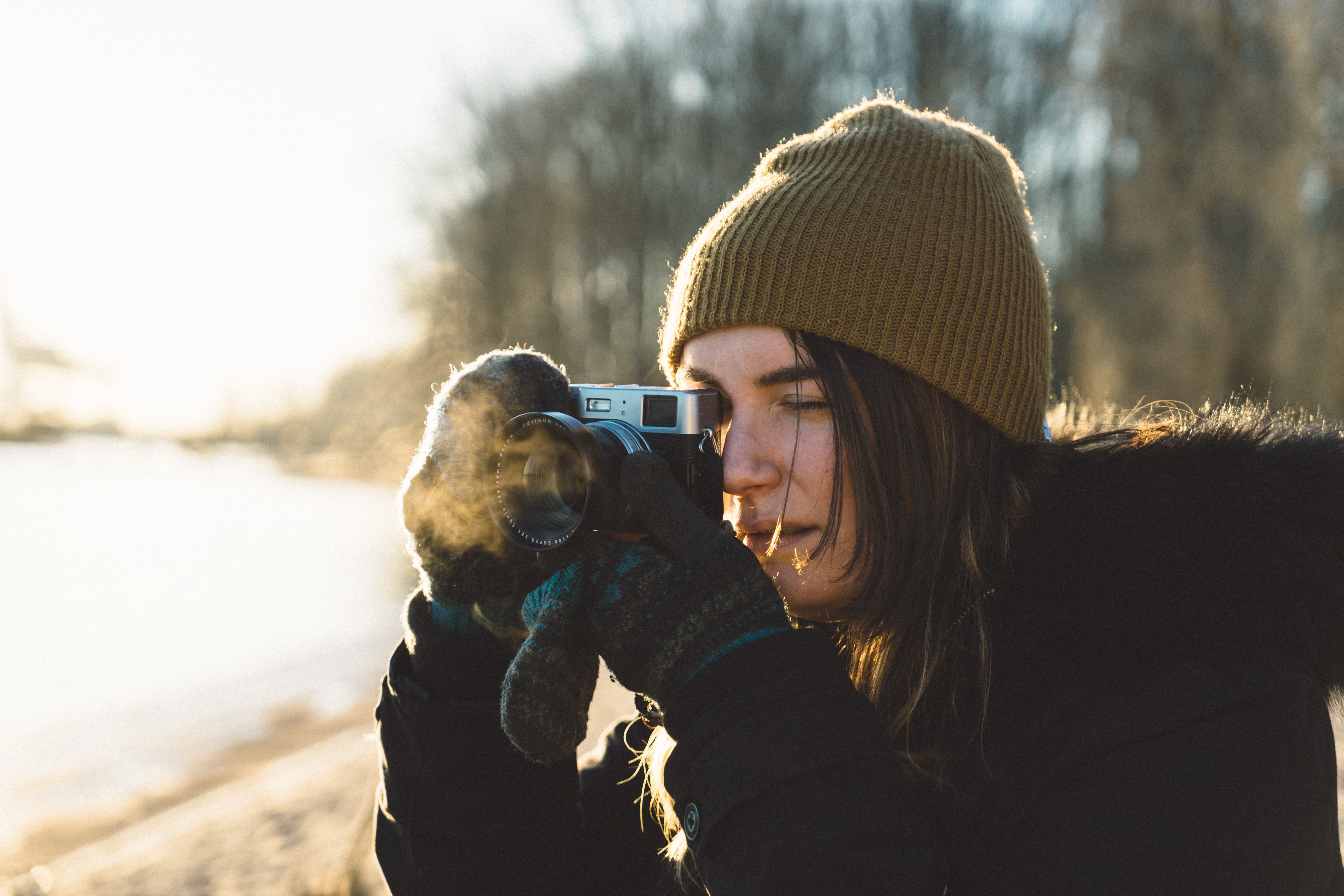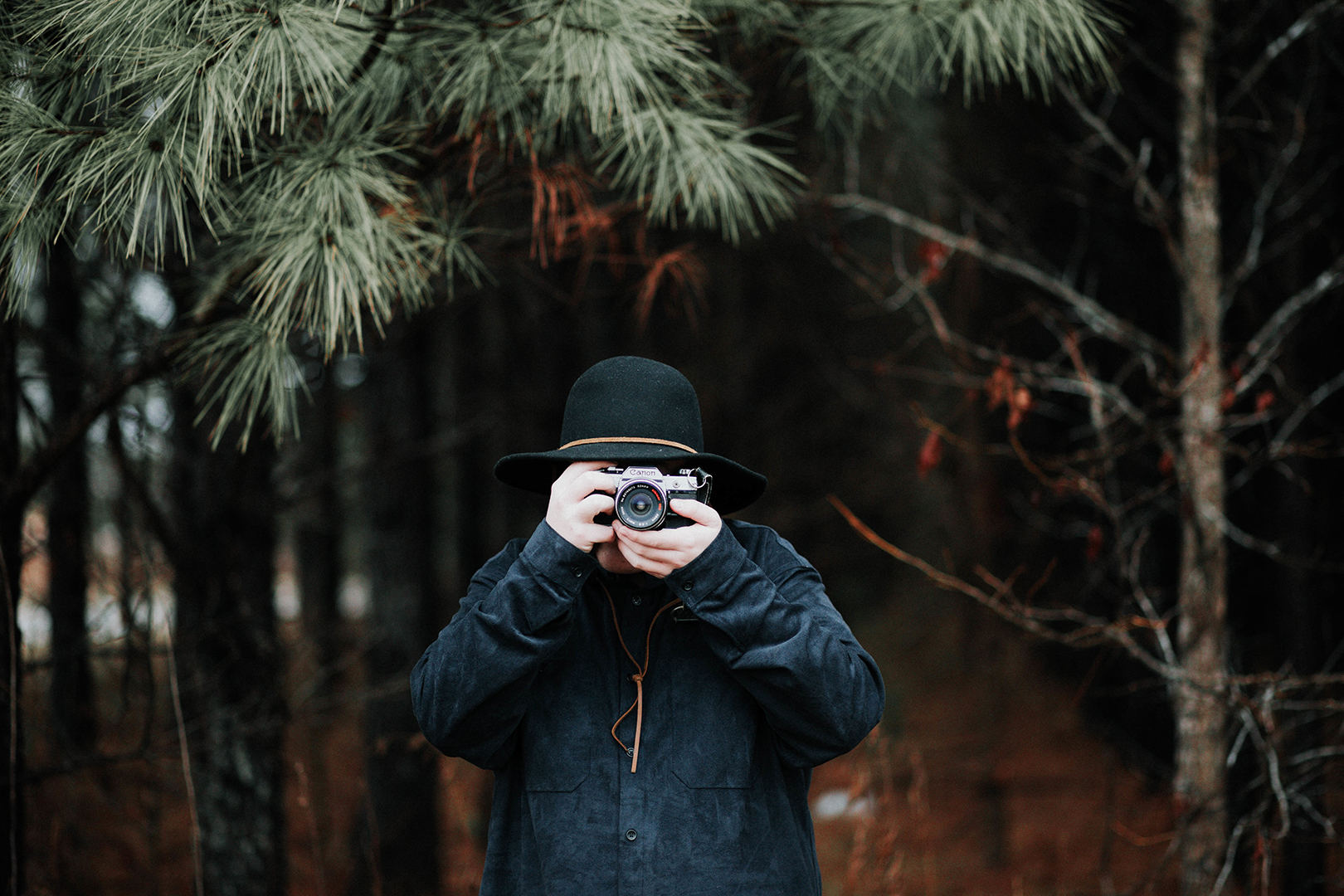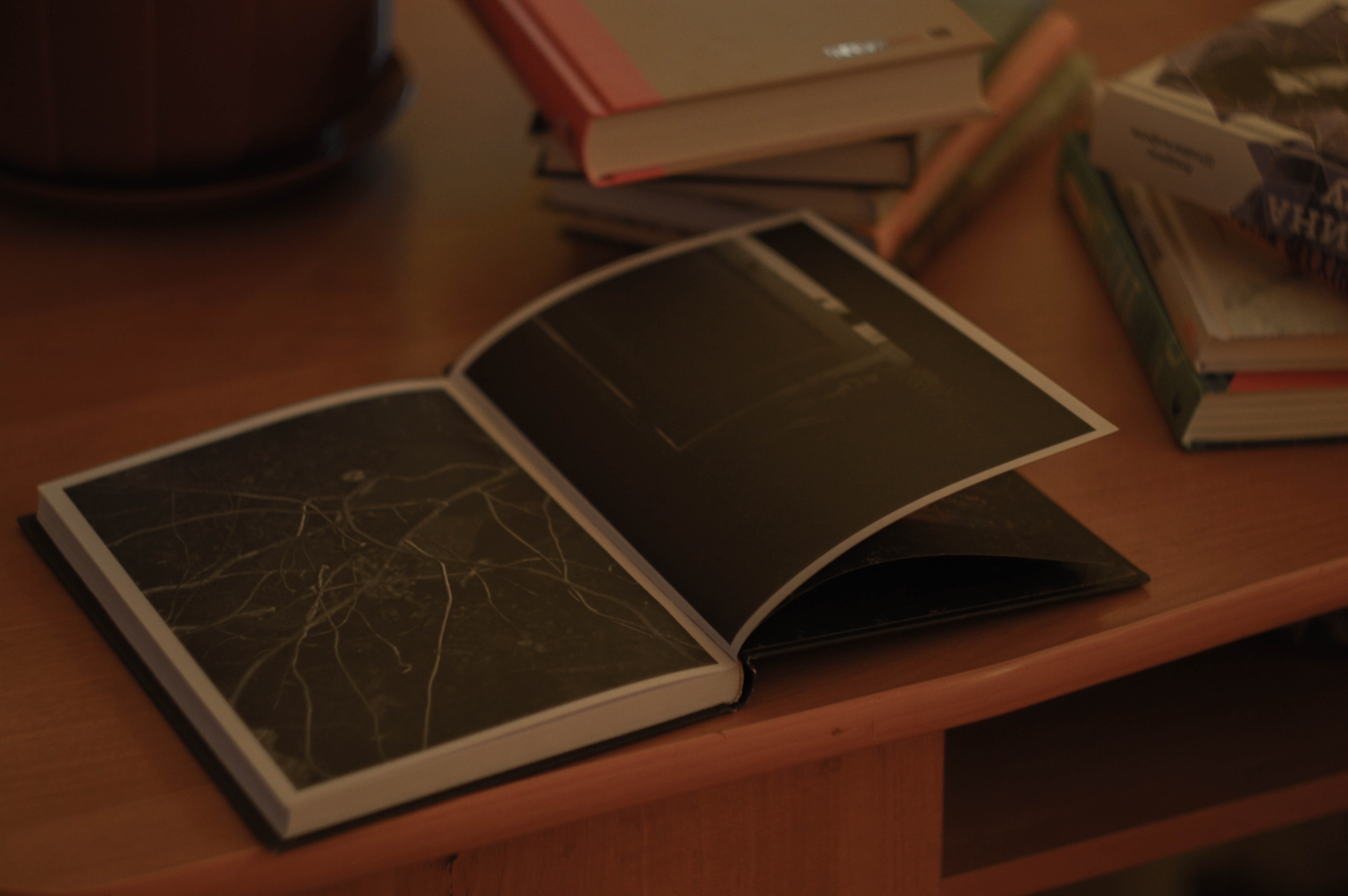How to Show Genuine Appreciation for People's Work
Photography has evolved to a magnificent state in which we are constantly able to nurture our love of images thanks to an endless stream of pictures uploaded to the internet daily. And, as lovers of photography, we have a responsibility to speak truthfully about them.
This post invites you to develop a discipline and a mindset that will detach you from giving superficial reactions such as a lazy press of a Like button on the web.
Giving genuinely passionate feedback will help you grow not just as a photographer, but also as a consumer of other people’s photographs.

Feedback or Critique…What's the Difference?
They’re almost the same, but feedback is more likely to be received with an open mind by the author of the image. Critique, not so much. The biggest difference is that feedback is accepted without being requested, while a critique is something photographers usually ask for.
So the next time you’re writing a well-intended comment that you feel inspired to give, call it feedback and it will be very well received by the photographer.
Perhaps feedback happens naturally and is just a reflection about how an image makes us feel. Not all images are perfect – and here comes the tricky part of well-intended feedback.
Most images trigger our emotions, and since we’re insatiable human beings we want more of the same amazing feeling. This is when we start suggesting various ways to enhance a specific image or a technique from the photographer.

Both feedback and critique have the same spark, which is triggered by the way an image makes the reader feel about it. But feedback is broader than critique because it speaks about image’s pleasant aspects and doesn’t always speak about improving an image.
Critique, on the other hand, centers around the idea of achieving perfection via suggested improvements to an image or technique. Feedback could have that “suggestive” component but is not always present.
Feedback usually consists of you saying what you like most about the image, and that's it.
The Image’s Message
When creating feedback, let your words be driven by the image’s message. Let the image speak through you and your interpretation. Images are open to different interpretations, especially when they have no captions.

It’s also important for photographers to seek meaningful moments that will speak to their audience in order to create this dynamism between photographer and viewer.
Let's Break it Down
The most important thing when giving meaningful feedback is to read the image well.
By this, I mean to take your time to examine and read the image. It doesn’t matter if takes one minute or fifteen – this is all about doing things at a different pace, not defaulting to the usual immediate burst of likes & loves.
Such reading can be superficial but meaningful if you express what you feel in a couple of paragraphs. Some pictures deserve a broader reading, which will eventually lead you to a deep study of the image.
Breaking down an image is fun and nurturing, but (of course) not all images invite us to do so. The choice is completely subjective and must be driven by critical thinking and contemplative reading.

It is also a good exercise to read breakdowns on iconic images written by different people or academics to get a better glimpse of the way some authors dig into images.
The terms punctum and studium are good for analyzing a picture. The punctum is the implied or most obvious element that screams the message of the picture. And the studium is the context that helps us better understand the purpose of the photograph.
Studium is not always present in the image itself, but in the captions and the picture’s historical context.
Be Inspired to Recognize Great Work
Allowing yourself to be inspired by other people's photographs is good for your visual knowledge and helps you recognize great work (beyond that of the masters).
Today's technology allows us to find many inspirational works around the globe, and much of the work of passionate serious photographers is an amazing source of inspiration.

Think About the Masters of Photography
Even though you’re not going to publish your comments on the work of the masters, it’s a healthy exercise to practice giving feedback on their work. Think critically about why the work of the masters is so revered. This book provides a very human approach to the editing behind the iconic images we all have sighed over.
Stop Asking about Gear
Alright, we’ve landed at the reason I wanted to write this article. As a photographer, it’s frustrating to hear questions like, “What camera are you using?” or “What lens gives your images that look….?”
Hearing such comments is tedious, exhausting and somewhat discouraging because it suggests people prefer to know about gadgets more than they want to read the image you’ve published online.
Please, stop asking about gear, and start questioning the image’s author in terms of their “How”, “Why” and “What”:
- How was the image taken? Under what circumstances did this image happen?
- Why did you compose the image that way? Why did you expose it that way?
- What was your intention with the processing you gave the image?
If you’re deeply interested in gear, ask why the photographer felt that the gear they used was crucial for that image. You’ll be surprised at the answers that will follow such a line of questioning because it also opens up more of a discussion and for you to engage with the photographer and image itself.

Be Objective, Not Rude – There's a Difference
Recently I had the great pleasure and honor of reviewing the portfolio proposals of Photojournalism Students at one of the most prestigious universities in my country.
The exercise took longer than expected because I was really passionate about giving my feedback. I was as objective as possible, and one of the students got the assignment instructions all mixed up, and my first words to her were something like,
“I want you to understand that this is what I love, and therefore I need to speak the truth.”
I tried to encourage her to keep exploring everything and said that she'd eventually find a style of photography of her own, which was one of her biggest worries.
Summary
The message behind this anecdote is that we should always try to be objective and honest – but please, avoid being hurtful. If we love photography, we’ll want more people to fall in love with it.
Above all, encourage people to keep practicing every day.
Feedback in Photography – Top Takeaways
- Firstly, be honest and be yourself and this means not being overly harsh about people's work but constructive.
- When asked to give your opinion on someone's work, look firstly to take some inspiration from it (even if it's not your style).
- Ask questions. Find out the thinking behind someone's choice of composition, use of color, depth of field etc.
Further Resources
- Some Of The Most Iconic Photographs In History – A Few Will Stun You! by Federico Alegria
- How to Get Genuine Feedback On Your Photographs by Lightstalking
- Why You Should Love Negative And Constructive Photography Critique by Dzvonko Petrovski
- This is Why Criticism Of Your Work WILL Make You A Better Photographer by Dzvonko Petrovski
Further Learning
We've got an amazing guide here on Advanced Composition. Discover how you can take your experience and skills beyond the ‘rule of thirds' and more basic techniques.
Above all ‘The Advanced Composition Book’ by, Kent DuFault, will teach you the unique art of ‘pre-visualization’.






